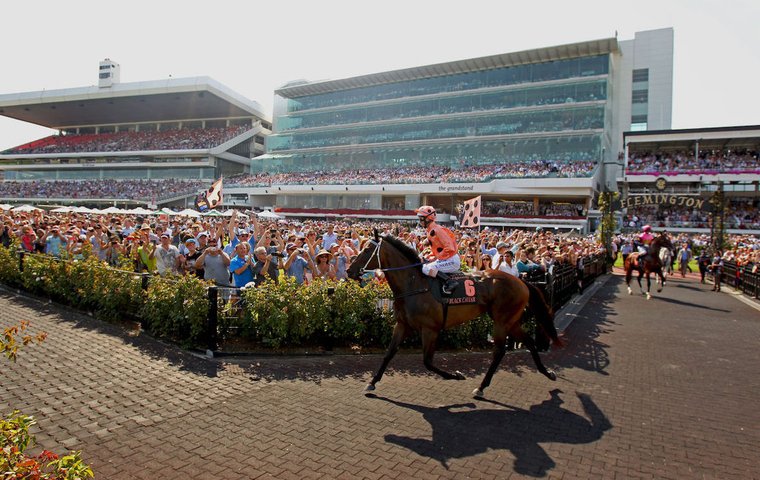
An appreciation of Australia’s sprint queen, who died on Saturday [Aug 17] just short of her 18th birthday
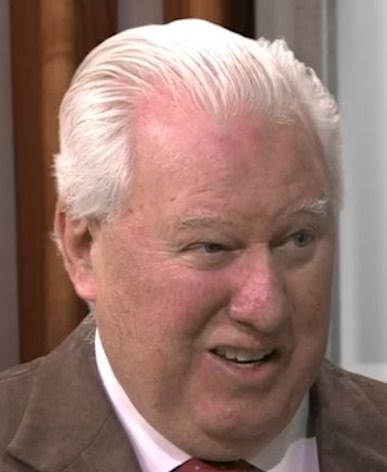 Peter Moody sat in his car and cried for an hour when he heard the devastating news of Black Caviar’s sad end – and horse lovers and sporting fans of Australia felt like doing the same as her trainer.
Peter Moody sat in his car and cried for an hour when he heard the devastating news of Black Caviar’s sad end – and horse lovers and sporting fans of Australia felt like doing the same as her trainer.
This mare was an icon. She was revered for her flawless talent and her own brand of dogged determination. Her enormous heart.
Farewell to the Queen of the Turf: Australian racing mourns Black Caviar
But it wasn’t just that Black Caviar kept on winning – she was unbeaten in 25 starts spanning four years – it was that she also overcame adversity. And she travelled. She won in all the major racing capitals of her vast country, her home city Melbourne to Sydney, from Adelaide to Brisbane. A total of 15 G1s featured in her fabulous race record.
Plus, of course, famously she won at Royal Ascot in 2012, travelling 10,500 miles across the world to triumph at the most glittering international meeting of them all.
She was special – we all knew that – but she had to be truly very special to find that late, dramatic surge to rescue her 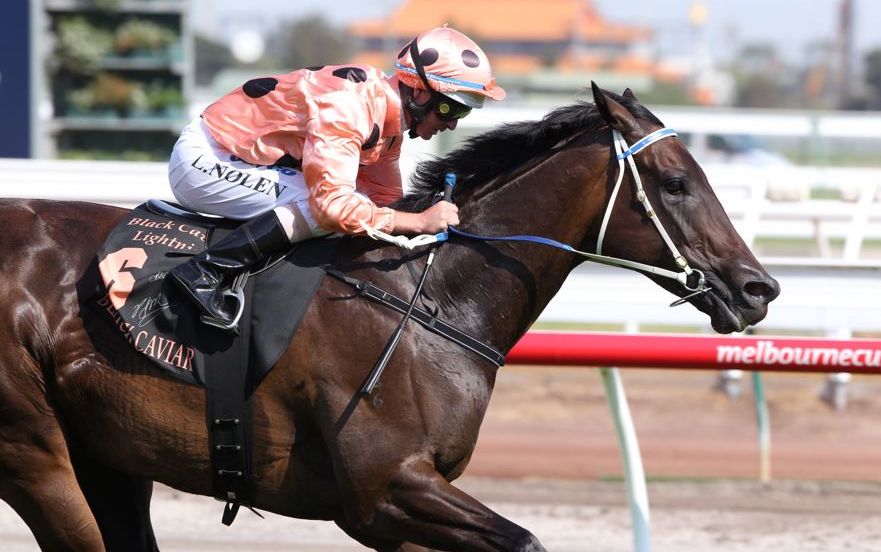 from defeat in the Diamond Jubilee Stakes when her jockey Luke Nolen inexplicably dropped his hands in the last few strides.
from defeat in the Diamond Jubilee Stakes when her jockey Luke Nolen inexplicably dropped his hands in the last few strides.
Moody, a multiple champion trainer, was unequivocal. “She gave me the greatest day I have had on a racecourse,” he says.
Courage was phenomenal
“The courage she showed at Royal Ascot that day was phenomenal. I think at the time we were a little disappointed she didn’t win by three lengths with her head on her chest, but the second [Moonlight Cloud] later went on to win four Group 1s, so we might have underplayed the quality of the field.”
The passing of a great champion always comes as a hammer blow. But I think the saddest aspect of Black Caviar’s death is that she had to be euthanised after developing laminitis brought on by medication prescribed to clear up a milk infection. Moody says it went straight to her feet and had the effect of cutting off the blood circulation.
Anybody who witnessed the mare’s desperate late flourish to miraculously save the day at Royal Ascot would agree she did not deserve this as the final chapter to one of the most glorious stories in Australian sport, never mind the narrow corridor of horse racing.
The earlier mention of adversity is not given lightly. Black Caviar wasn’t right when she ran in Britain. Her flight over from Australia had been tiring – widely covered in the media, with pictures of her in a specially-made spandex suit, which gave cartoonists a field day – and she was lacking sparkle as she limbered up on Newmarket Heath.
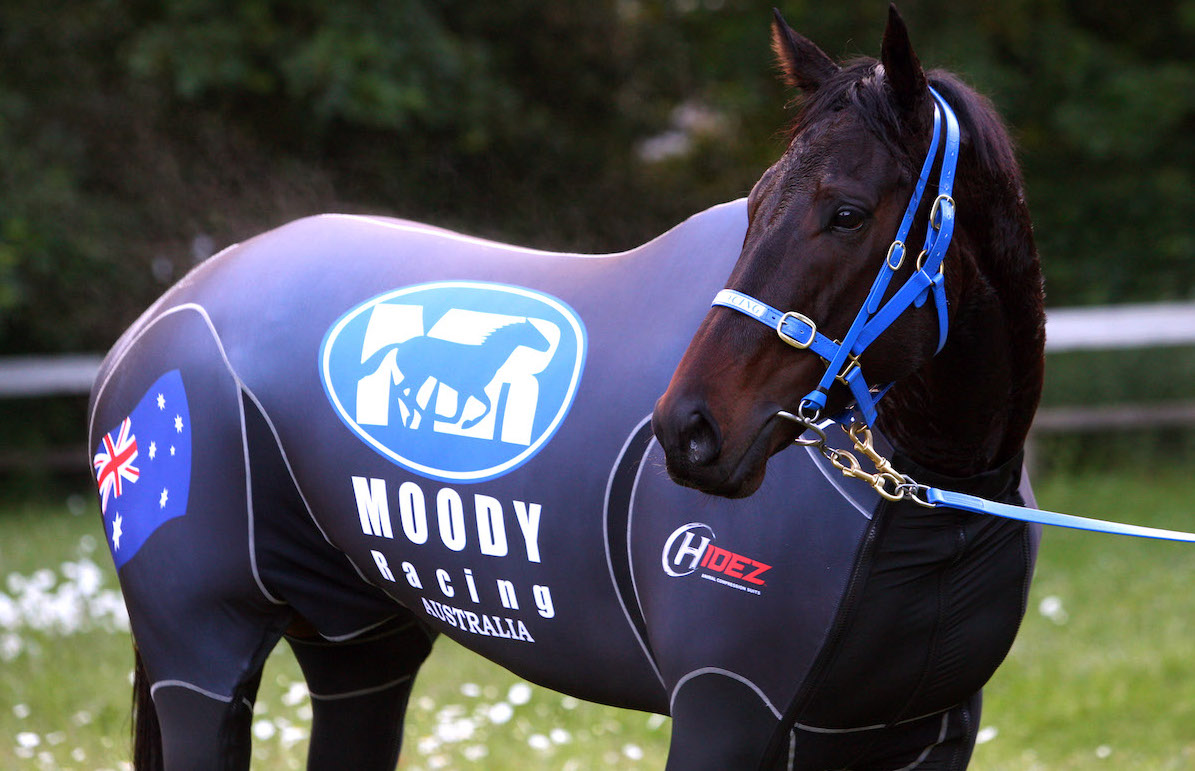 Nothing was reported leading up to the Ascot race. Moody managed to disguise his apprehension but was later to joke: “The rubber suit was put on so that no bastard could see how rough she looked in the coat!”
Nothing was reported leading up to the Ascot race. Moody managed to disguise his apprehension but was later to joke: “The rubber suit was put on so that no bastard could see how rough she looked in the coat!”
In two minds
Although he was joking, he was later to reveal in a tribute video to Black Caviar that on the day of the race, he was in two minds whether to run the mare. He thought seriously of scratching her.
With all strands of the story now public knowledge, it is obvious Black Caviar was not anywhere near peak condition for perhaps the biggest challenge of her career. But she typically carried on, and not only that, she was able to return to Australia for a break and then notch a further three wins before retirement.
Australia celebrates its champions. In recent years, there have been three great mares who won the hearts of sports fans with deeds on the course that saw them transcend racing. Makybe Diva became the only horse to win three Melbourne Cups in the 164-year history of Australia’s iconic race, while Winx won 37 of her 43 races, the last 33 of them in succession. And then there was Black Caviar.
The stud book reports that the Snitzel colt foaled on Saturday was Black Caviar’s ninth and final foal. A total of seven of her progeny have raced, with four of them winning races. The best of them has been Invincible Caviar, winner of four of her eight starts.
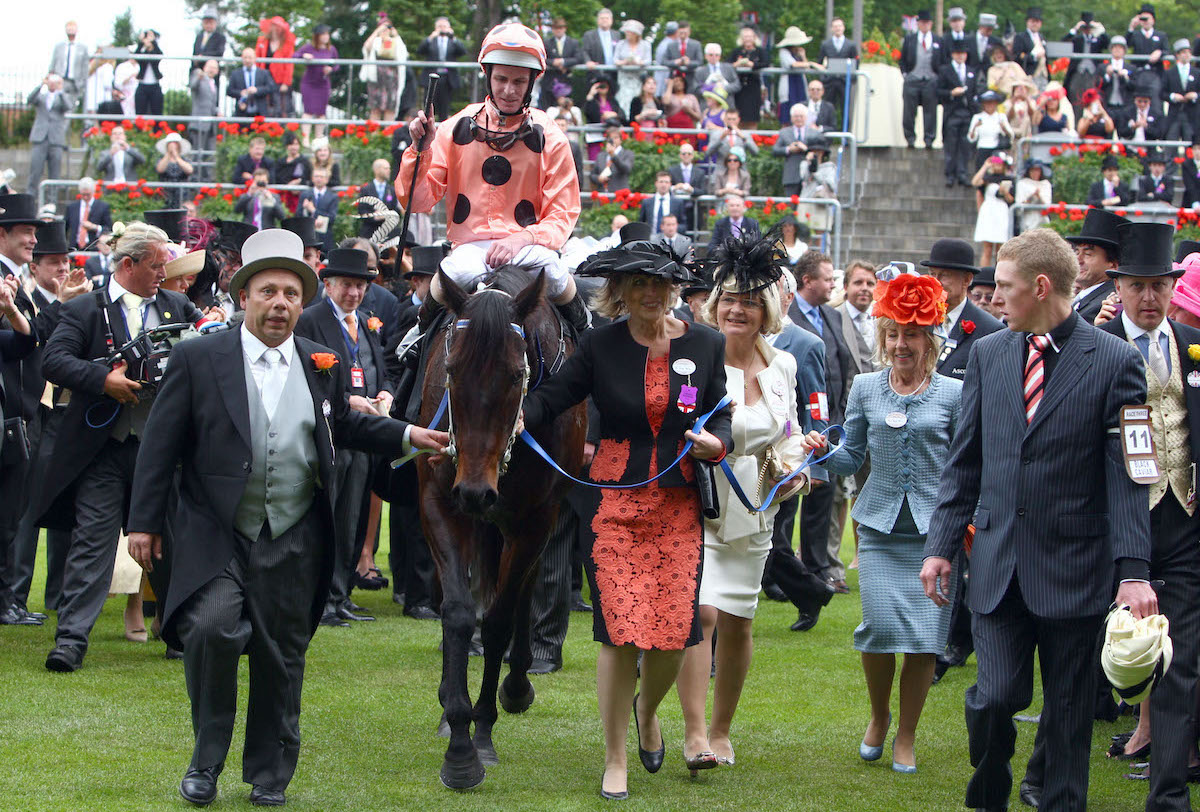 Moody once observed that great mares in Australia are not renowned for producing champions like themselves. “I think it will probably be down to one of her daughters to carry on the line,” he suggests. That looks even more likely now.
Moody once observed that great mares in Australia are not renowned for producing champions like themselves. “I think it will probably be down to one of her daughters to carry on the line,” he suggests. That looks even more likely now.
Memories will never die
However, memories and fantastic days will never die for Moody, nor will they for the four families of owners who had the privilege to own Black Caviar.
For the trainer though, he will never forget the visit Sir Henry Cecil paid the great Australian mare just days after her Ascot triumph and that of the Cecil-trained Frankel.
When ‘Moods’ met Frankel … and Henry met Black Caviar – JA McGrath on Royal Ascot
“I think the admiration I had shown for Frankel, he equally showed for my mare,” he recalls. “We spoke about her race and he appreciated she was nowhere near her top. He was taken by her size and strength and her depth of girth. He was gob-smacked by the build of her for a mare.”
Those memories will live on forever.
• View previous articles in our View from the Rail series
Farewell to the Queen of the Turf: Australian racing mourns Black Caviar
When ‘Moods’ met Frankel … and Henry met Black Caviar – JA McGrath on Royal Ascot
Colonial Downs breathes new life into the Arlington Million
View the latest TRC Global Rankings for horses / jockeys / trainers / sires


